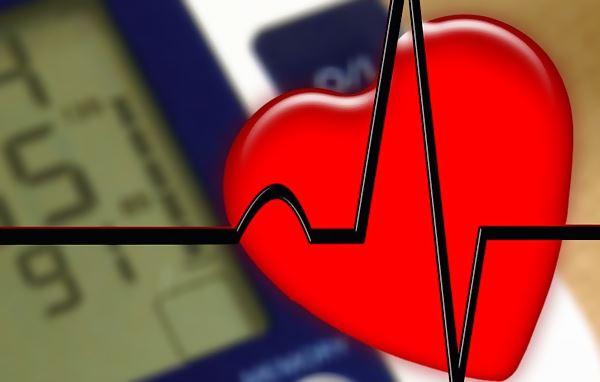
Researchers from the McEwen Centre for Regenerative Medicine in Toronto, Canada, have created functional pacemaker cells using stem cells. This breakthrough may revolutionise the way that certain heart conditions are treated.
Currently, patients with irregular heartbeat disorders have to be fitted with electronic pacemakers. These devices ensure the heart continues beating at a steady pace. The surgery to fit the device can be painful and there are sometimes problems with the pacemaker device.
The Canadian scientists used human pluripotent cells to create sinoatrial node (SAN) cardiomyocytes — cells that regulate the heartbeat. Pluripotent cells are capable of turning into many other types of cells including nerve cells and cardiac cells. The findings were recently published in the journal Nature Biotechnology.
The researchers created the SAN cardiomyocytes over the space of 21 days. During that time, they used different signalling molecules to prompt the pluripotent cells to turn into cardiac cells. They then successfully tested the pacemaker cells on rats.
The discovery of the pathway that changes pluripotent cells into this type of cardiac cell may completely transform the way irregular heartbeat disorders are treated. Instead of embedding an electronic device in a patient’s chest, a transplant of cardiomyocytes may be used to restore correct function.
The scientists can also use the process to create genetically identical cardiomyocytes of patients, then use those cells for testing medications used for heart conditions.
Dr. Gordon Keller, Director of the McEwen Centre explains the process, saying: ”We understand the importance of precision in developmental biology in setting out the process by which organisms grow and develop. We use that same precision in the petri dish because we are replicating these same processes.”
Source: First Functional Pacemaker Cells Developed From Human Stem Cells
{{cta(‘010124f3-c9bc-4a23-b9fc-74953e6288c9’)}}


